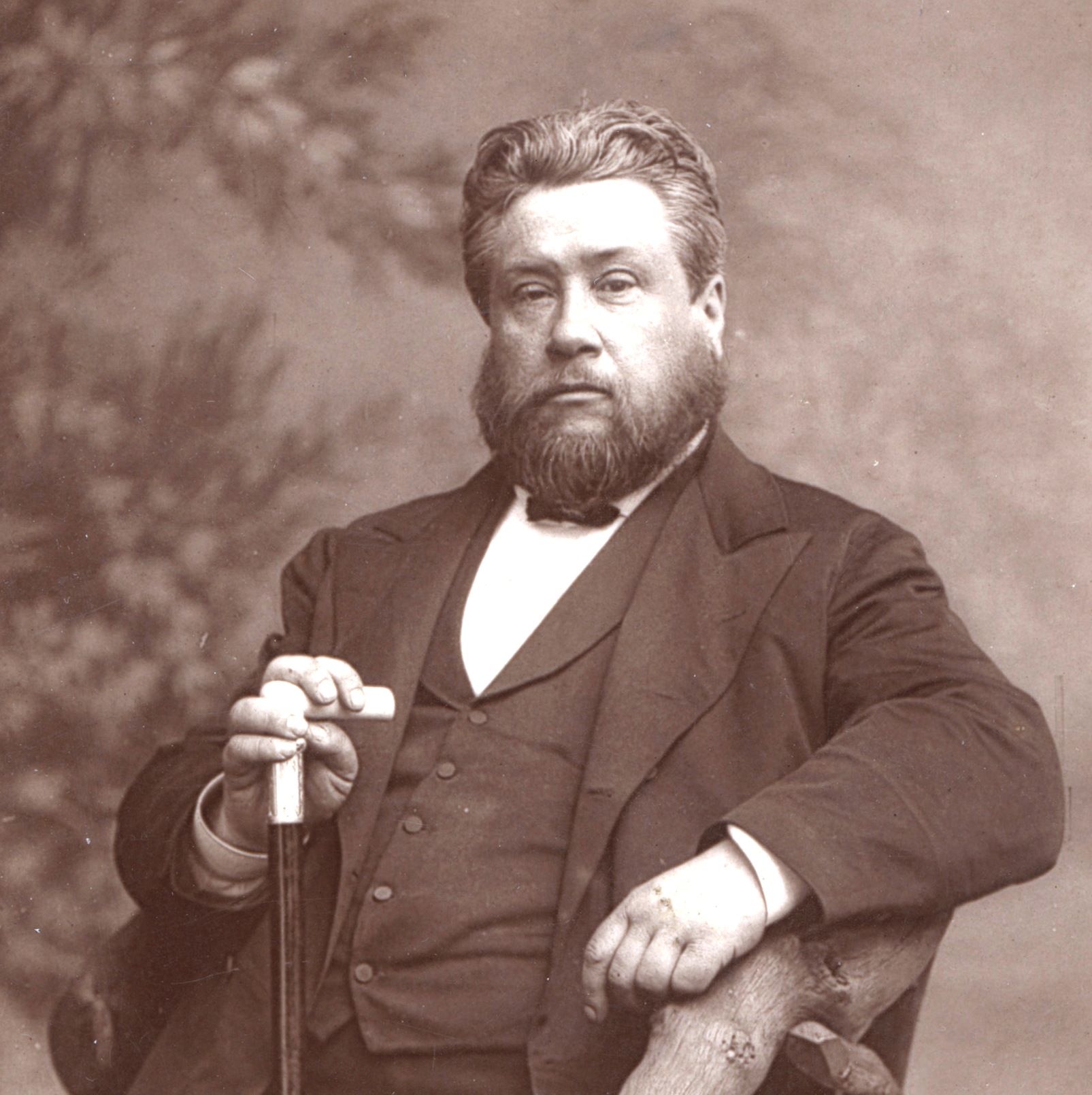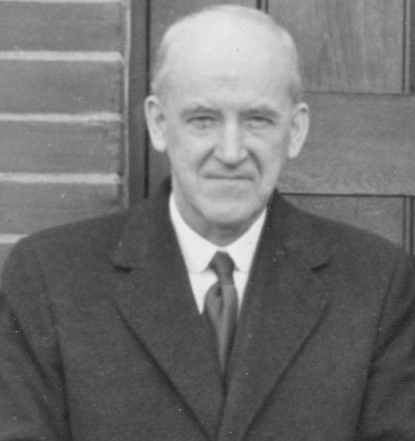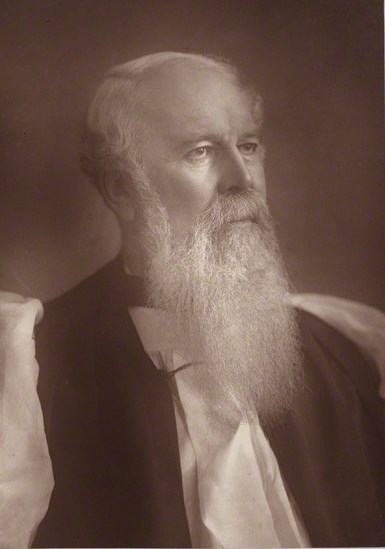that the ejected minister Thomas Stanley be expelled from his residence at Eyam, the Earl replied 'that it was more reasonable, that the whole Country should in more than Words testifie their Thankfulness to him, who together with Isis Care of the Town had taken such Care, as none else did, to prevent the Infection of the Towns adjacent. If Nonconformist clergy had demonstrated their worth by preaching and pastoral work in the affected areas, the plague had also worked to their disadvantage. The finances of many merchants who had previously provided financial support for the Nonconformist ministry had been badly affected. Meanwhile, the ecclesiastical authorities were
stung by pamphlets deriding those Church of England clergy who had fled from their livings in panic, allowing Nonconformists to take their places. Even a pamphlet such as A Friendly Letter to the Flying Clergy, which praised Archbishop Sheldon for remaining at his post, gave a damaging impression of Anglican pusillanimity. This public perception was later reinforced by Daniel Defoe in his fictitious Journal of the Plague Year, and even more so by Richard Baxter's published memoirs. The appropriation of the vacant London pulpits, however, was not in itself responsible for the Five Mile Act. Among the items that had been occupying Sheldon's attention even before the Great Plague marooned him in Lambeth Palace had been the results of a questionnaire that he had sent to his subordinate bishops in order to ascertain the state of the ministry within the Church of England. The responses that he received in return included alarming appraisals regarding the potential scope of Nonconformist activities and the extent to which the ejected ministers continued to exercise influence over their former congregations. The various concerns of the Lords and Commons meeting at Oxford in October 1665 also served to fuel their anxieties regarding Dissent, and in particular the need to restrict the movements of ejected ministers. Michael Wafts has opined that it is possible to justify the Conventicle Act by reason of the Cavalier Parliament's fear of rebellion, but no such excuse can be offered in defence of the Five Mile Act of 1665 In fact, a deteriorating military situation coupled with political and economic dislocation caused by the worst plague for three hundred years had rendered a fragile state more vulnerable to sedition than ever before. The Cavalier Parliament probably had more excuse for anxiety in 1665 rather than less. As ever, Clarendon recoiled from such indiscriminate repression, and so joined the earls of Manchester and Southampton, and Lord Wharton, in opposing the bill. The preamble to the Five Mile (or 'Oxford') Act declared that many clergy who had refused to subscribe to the various declarations required by the Act of Uniformity had nevertheless continued to preach illegally, and conducted worship at meetings in contravention of the law. Such people were now to be required, as from 24 March 1666, not to live or approach within five miles of any city, corporate town or borough of England, Wales or Berwick-on-Tweed, unless passing through whilst travelling to another destination. The ejected ministers were in addition forbidden to live or come within five miles of any parish, town or place where they had had a ministry since the Act of Oblivion (1660), unless they first took the oath of non-resistance detailed in the Act of Uniformity, with the additional clause that they would not seek any change of government, either in church or state. This became known as the 'Oxford Oath'. The fine for each transgression was to he £40. Any cleric or lay person refusing to take the oath was further forbidden to teach or take on boarders to instruct, on pain of a fine of £10 for each offence. Any two or more justices were henceforth empowered to imprison any found guilty of such offences for aperiod of six months without bail.












